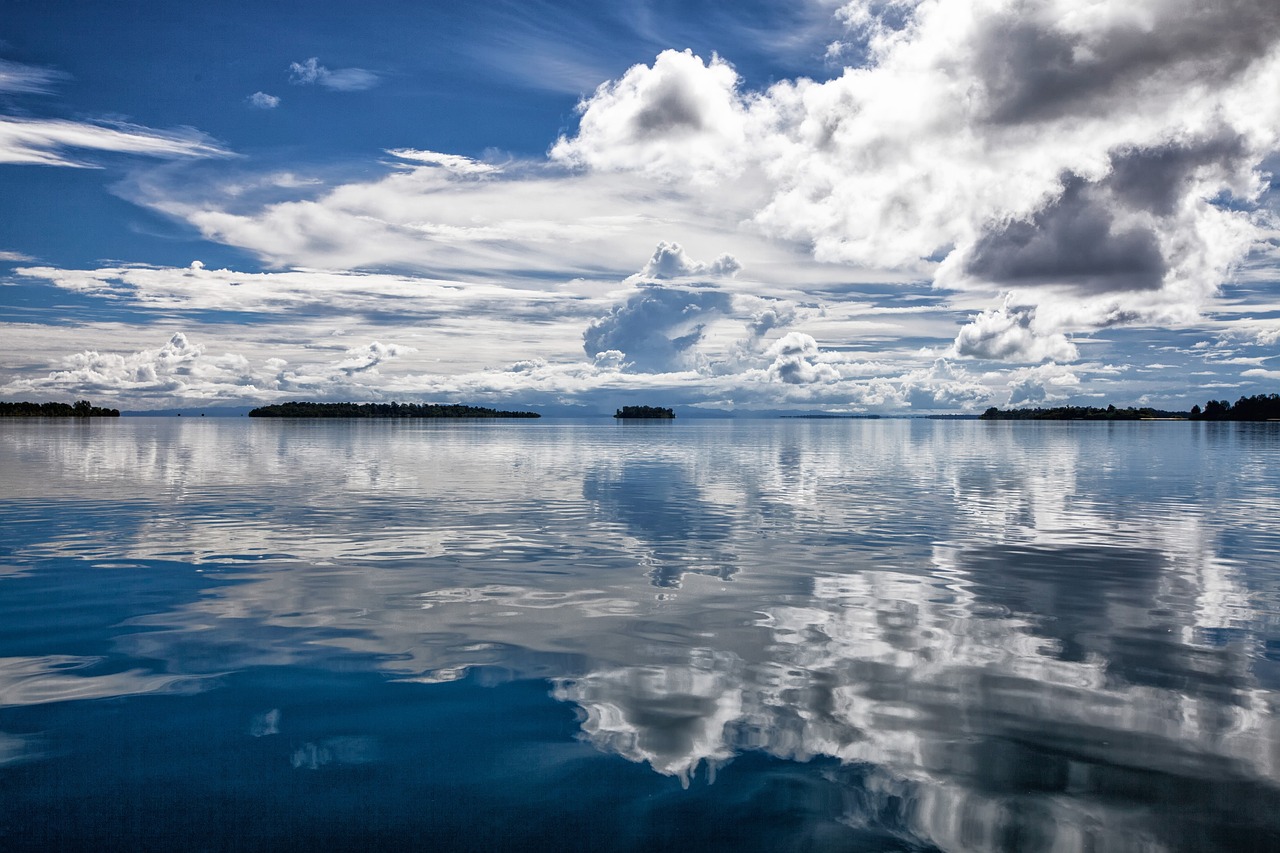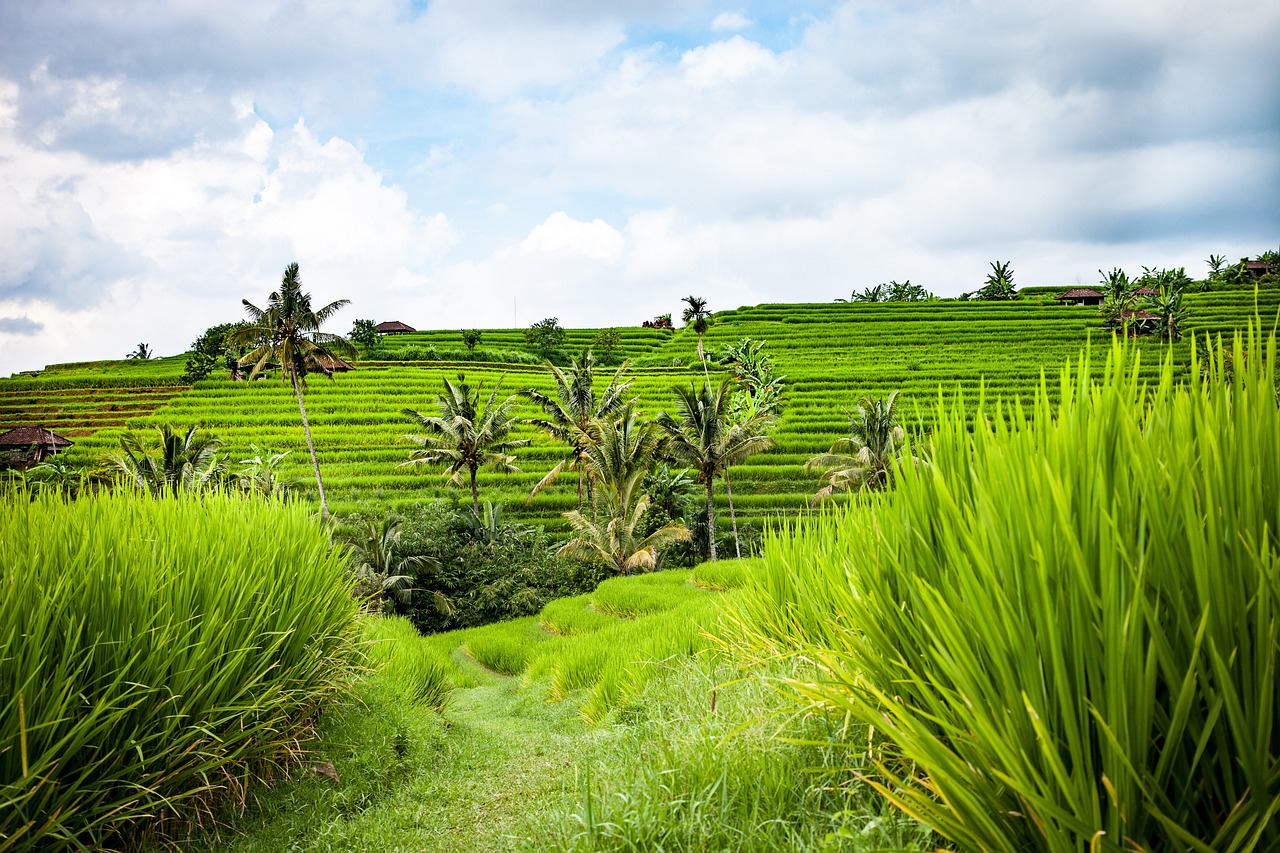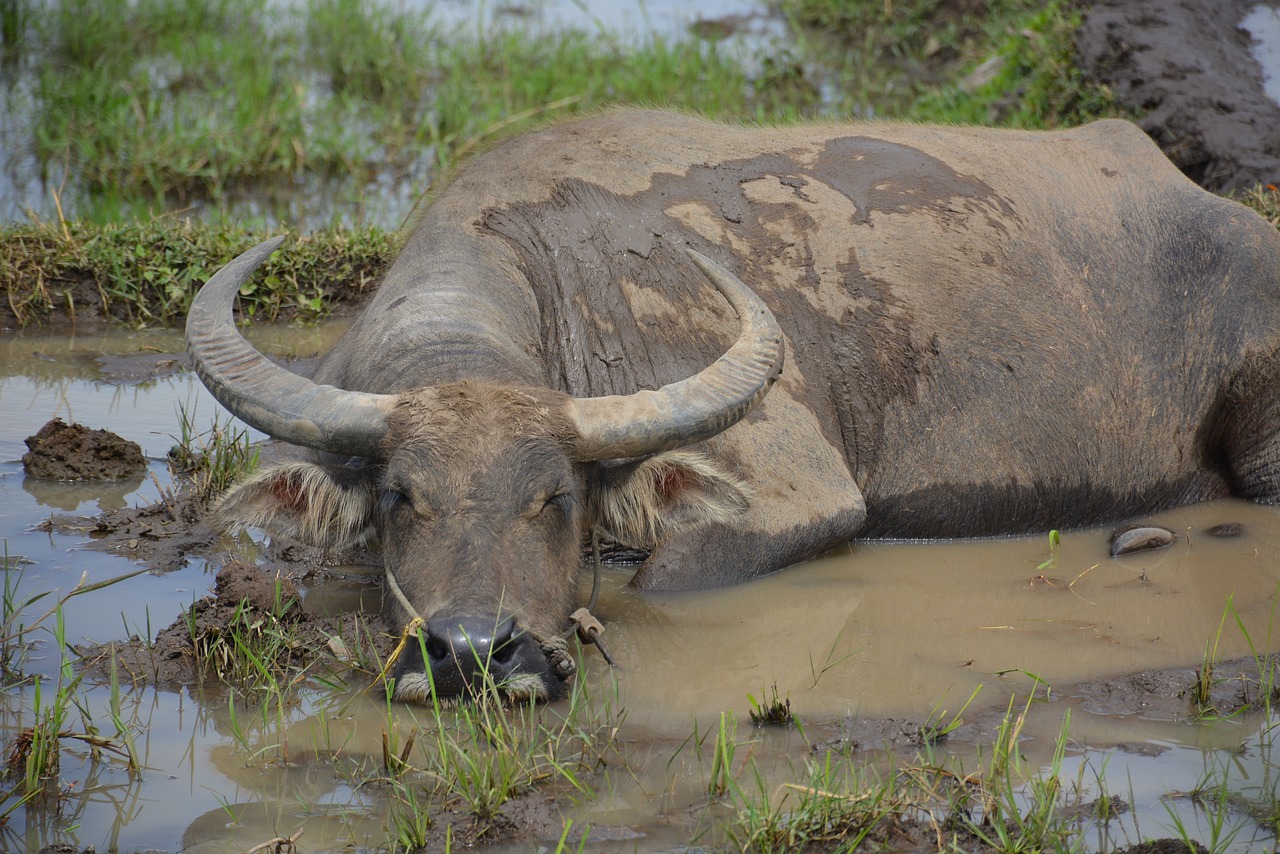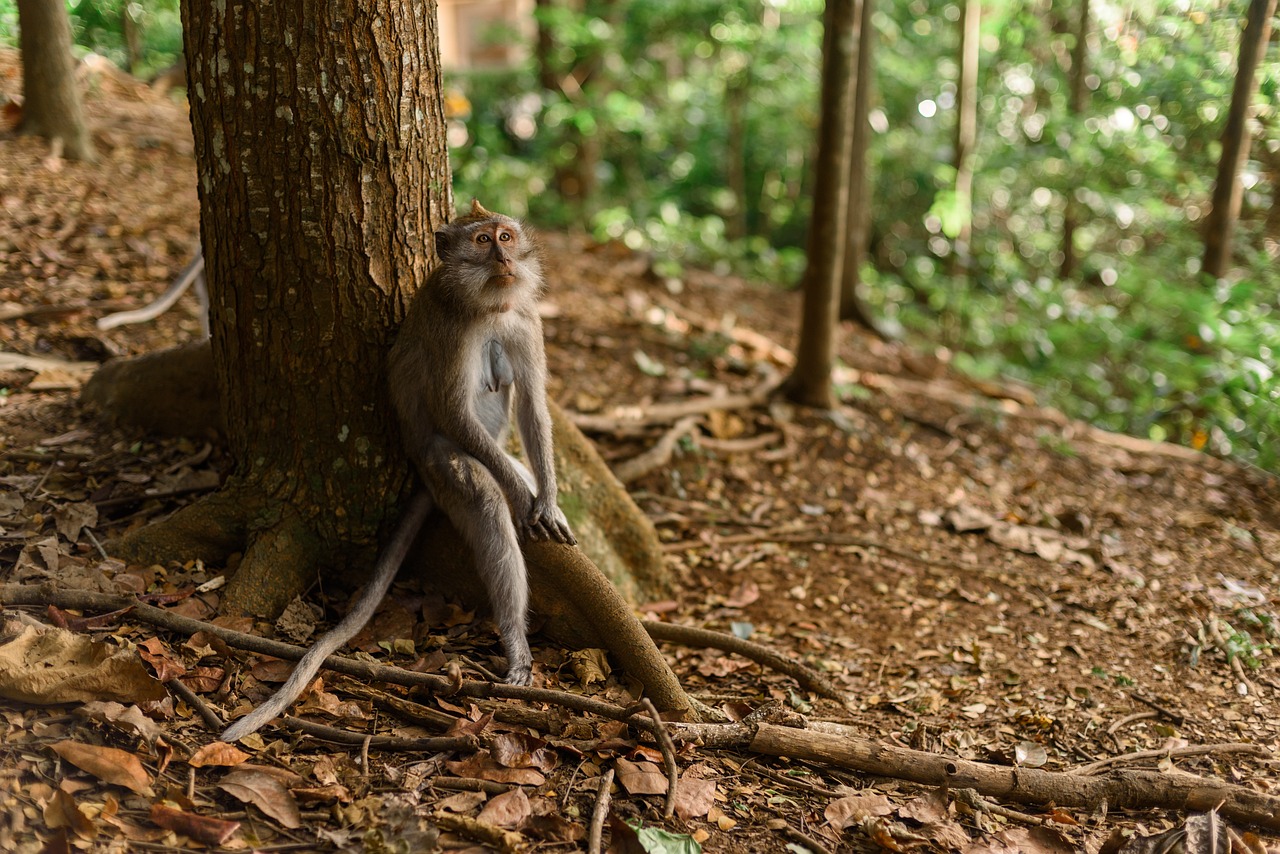Indonesia Video
Weathering Indonesia: Seasonal Changes and What to Expect
Indonesia, a tropical archipelago located in Southeast Asia, experiences a diverse range of weather patterns throughout the year. The country’s unique geographical position, spanning both the equator and the tropics, contributes to its varied climate. In this article, we will explore the seasonal changes in Indonesia and provide detailed information on what to expect in each season.
Indonesia Image 1:

Section 1: Dry Season (June – September)
The dry season in Indonesia typically occurs between June and September. During this period, the weather is generally characterized by clear skies, abundant sunshine, and low precipitation. The temperatures are warm, with average highs ranging from 28 to 32 degrees Celsius (82 to 90 degrees Fahrenheit).
- Less Rainfall: The dry season is known for its significantly reduced rainfall compared to other times of the year. This makes it an ideal time to visit popular tourist destinations such as Bali, Lombok, and the Gili Islands.
- Sunny Days: Travelers can expect long stretches of sunny days during the dry season, perfect for outdoor activities and exploring the beautiful beaches and landscapes of Indonesia.
- Popular Festivals: Many cultural festivals take place during this time, including Independence Day celebrations on August 17th and the Bali Kite Festival in July.
Section 2: Wet Season (October – March)
The wet season in Indonesia typically occurs between October and March. During this time, the country experiences higher levels of rainfall and increased humidity. The temperatures remain relatively warm, with average highs ranging from 27 to 31 degrees Celsius (81 to 88 degrees Fahrenheit).
- Heavy Rainfall: The wet season is characterized by frequent rain showers and occasional thunderstorms. The rainfall can be intense and prolonged, particularly in regions like Sumatra, Java, and Sulawesi.
- Lush Greenery: Despite the rain, the wet season brings about lush green landscapes and vibrant flora. This is a great time to visit places like Ubud in Bali, where the rice terraces are at their most beautiful.
- Lower Tourist Crowds: Due to the increased rainfall, tourist numbers tend to decrease during the wet season. This can be advantageous for travelers looking for more affordable accommodations and fewer crowds.
Section 3: Transitional Seasons (April – May and September – October)
The transitional seasons in Indonesia occur from April to May and from September to October. These periods mark the transition between the wet and dry seasons, and the weather can be quite unpredictable.
Indonesia Image 2:

- Varied Weather: During the transitional seasons, Indonesia experiences a mix of sunny days, rainfall, and occasional thunderstorms. The weather can change rapidly, so it’s advisable to be prepared for different conditions.
- Less Crowded: As these periods fall between peak tourist seasons, travelers can enjoy fewer crowds and potentially find better deals on accommodations and flights.
- Opportunity for Outdoor Activities: The transitional seasons often provide pleasant temperatures for outdoor activities such as hiking, snorkeling, and exploring national parks.
Section 4: Regions and Microclimates
Indonesia is a vast country composed of thousands of islands, each with its own unique climate and microclimates. While the general seasonal patterns apply to the entire country, it’s important to note that specific regions may have variations in weather conditions.
- Bali: Bali is known for its tropical climate, with warm temperatures and high humidity year-round. The wet season, from November to April, brings more rain, while the dry season, from May to October, offers drier and sunnier weather.
- Jakarta: Jakarta experiences a tropical monsoon climate, with distinct wet and dry seasons. The wet season occurs from November to April, with heavy rainfall, while the dry season lasts from May to October, with lower precipitation levels.
- Sumatra: Sumatra has a tropical rainforest climate, with high humidity and rainfall throughout the year. The wettest months are from October to January, while the drier months are from February to September.
Section 5: Volcanic Activity and Weather
Indonesia is home to numerous active volcanoes, which can have an impact on local weather conditions. Volcanic eruptions can release ash and gases into the atmosphere, affecting air quality and potentially causing disruptions in air travel.
- Mount Agung: Located in Bali, Mount Agung is an active volcano that occasionally experiences eruptions. During eruption periods, the volcanic ash can lead to flight cancellations and changes in local weather patterns.
- Mount Merapi: Situated in Central Java, Mount Merapi is one of Indonesia’s most active volcanoes. Eruptions can occur at any time, and it’s important to stay updated on the volcano’s status when planning a visit to the region.
- Mount Rinjani: Mount Rinjani, located in Lombok, is another popular volcano to explore. However, it’s essential to check for any volcanic activity or alerts before embarking on a trek to ensure safety.
Section 6: Indonesia Image 3:

Section 7: Packing Tips for Indonesia
When visiting Indonesia, it’s important to pack accordingly to ensure comfort and preparedness for the country’s diverse weather conditions.
- Light and Breathable Clothing: Pack lightweight and breathable clothing suitable for warm and humid weather. Opt for natural fabrics such as cotton or linen.
- Rain Gear: Pack a lightweight rain jacket or poncho to stay dry during unexpected rain showers. It’s also advisable to bring a travel umbrella.
- Sun Protection: Indonesia experiences strong sun rays, so pack sunscreen with a high SPF, sunglasses, and a hat to protect yourself from the sun.
- Insect Repellent: Mosquitoes and other insects are prevalent in certain regions of Indonesia. Pack insect repellent to protect against bites and potential diseases.
- Comfortable Shoes: Whether you’re exploring cities or venturing into nature, comfortable shoes are essential. Choose footwear suitable for walking and hiking.
Section 8: Conclusion
Indonesia’s climate is influenced by its tropical location and unique topography, resulting in distinct seasonal changes throughout the year. Understanding these seasonal patterns and the weather conditions in different regions can help travelers plan their trips and make the most of their time in this beautiful country.
References
– National Oceanic and Atmospheric Administration (NOAA): www.noaa.gov
– Meteorological, Climatological, and Geophysical Agency of Indonesia (BMKG): www.bmkg.go.id
– Lonely Planet Indonesia: www.lonelyplanet.com/indonesia
– Bali Tourism Board: www.balitourismboard.or.id
– Jakarta Tourism: www.jakarta-tourism.go.id


